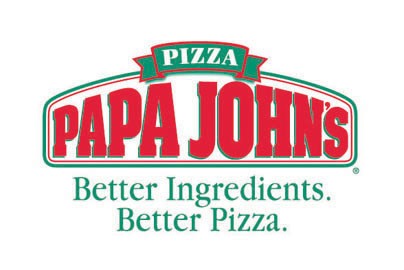Would you recognize a Papa John’s Pizza sign from a distance? Many people would, given the distinctive green and red emblem and logo, which is designed to attract attention and place the store in a flattering fight Papa John’s began as a small, one-store operation that evolved out of the need to rescue a failing tavern. Quick success meant expansion to 4 stores in two years and 23 stores in five years. Currently, Papa John’s plans to complete more than 2,000 units with over $1 billion in sales in a mature industry most felt was saturated with competitors.
In order to survive in a highly competitive market place, Papa John’s needed to develop a distinctive voice. One clear message was needed to penetrate every aspect of the business, including hiring decisions, selection of locations, and all business strategies and tactics.
At the strategic level, each of the big three pizza companies-Pizza Hut, Domino’s, and Little Caesar’s-holds a distinct niche in the market. Pizza Hut offers menu variety and a dine-in atmosphere; Domino’s emphasizes quick delivery, and Little Caesar’s focuses on price. To establish a contrasting theme, Papa John’s strongly centers its efforts on quality, including the overall theme of “Bettor Ingredients, Better Pizza “. Owner John Schnatter makes a concerted effort to keep his product “simple, consistent, and focused”, by making personal visits to as many locations as possible each year.
In selecting locations, Papa John’s tries to purchase prime real estate in prominent locations and then counts on its bright signs and logos to attract attention. As one manager in the organization stated, ‘We think the customer cares where a state is ” the effort to find choice Locations reemphasizes quality, in every aspect of the organization’s operation.
Papas John’s hires employees based on their compatibility with an overall organizational attitude. Individuals are selected who are “warm, friendly, and nice,” according to one human resource officer. As Susie Southgate-Fox, Vice President of Human Resources, put it, “ we can teach people about food and wine, and how to carry things, but we can’t teach someone how to be warm and friendly. These people are not just serving food. They make the difference in whether someone will return to this restaurant,”
The pizza itself is the major focus of the quality campaign. The ingredients are developed by key centralized commissaries that provide fresh dough and sauce, with a careful eye on consistency and quality campaign. The ingredients are developed by key centralized commissaries that provide fresh dough and sauce, with a careful eye on consistency and quality. The final product always includes a small tub of garlic but is getting “more bang for the buck,” according to Gerry Durnell, editor and publisher of Pizza Today. Papa John’s patrons expect quality at a reasonable price. There are no in store salad bars that add to costs, and the menu is limited to pizza, bread-sticks, cheese sticks, and soft drinks.
The Papa John’s story is reprinted on the walls of many of its stores. Take-home menus not only circulate to retail customers but also find their way into other businesses, where employees can use them to order a quick, high quality lunch. The menus have the same colors and logo as the store signs and delivery vehicles that carry the product to homes and other business. The hats and uniforms workers wear also carry the logo and emphasize the theme.
Advertisements, employees, locations, logos, hats, uniforms, take-home menus, delivery vehicles, suppliers, and the product itself all combine to form an integrated advertising and marketing communications theme emphasizing quality. The theme dearly works, as witnessed by the firm’s phenomenal growth and astounding success. Customers know what they’re getting when they dial up Papa John’s Pizza.
In the future, Papa John’s intends to continue its long-term expansion plans by opening more than 1,000 international units, beginning with stores in Mexico and Canada. Even so, the goal still remains to provide quality. As owner-manager Schnatter states.
Questions to Discuss
- How Papa John’s increase their business size and now what is their plans?
- For doing business well, now what is needed for Papa John’s?
- Who are the competitors of Papa John’s and for increasing sells and customer satisfaction what steps have taken by them?
- For quality campaign what is the necessary things for focusing and according to Pizza today what is the present condition of Papa John’s?
- What are the combinations of integrated advertising of Papa John’s and what is their next plan?
